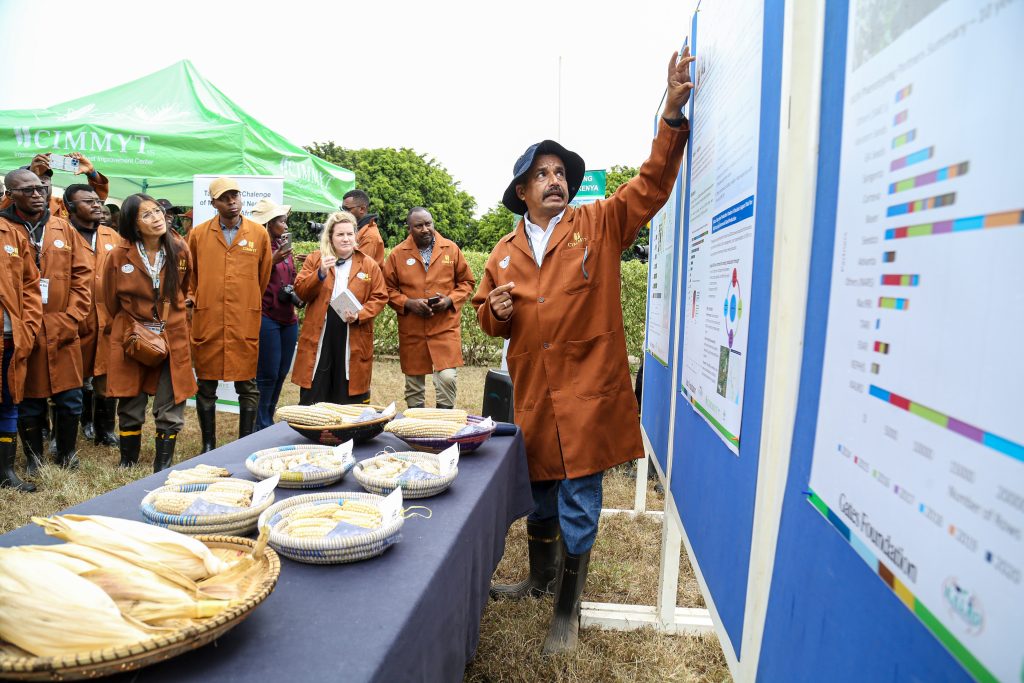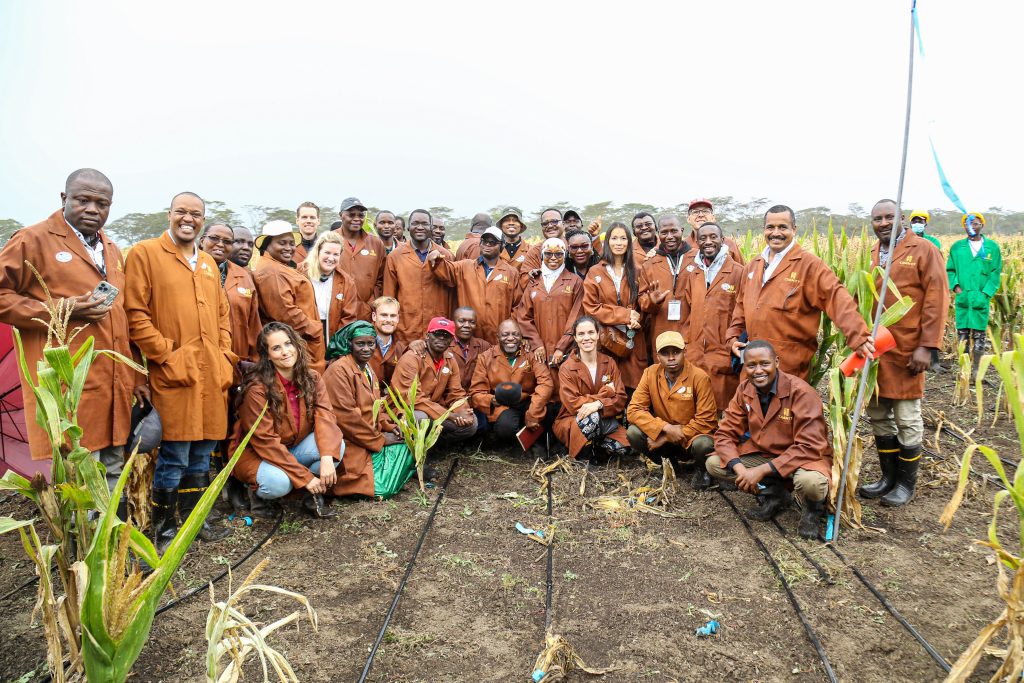Evidence to Impact: MLN-Resistant Maize, Farmer-Proven
From Naivasha, With Resilience: GIZ and Partners at the MLN Frontline
Dr. Suresh, L.M. As part of the ABF Matching Grant Fund partners’ workshop in Nairobi, CIMMYT—together with KALRO—welcomed 40+ representatives from GIZ and allied organizations to the MLN Screening Facility in Naivasha. The brief was simple and serious: show how science, discipline, and partnership are translating into resilient maize for African farmers.

We walked the group through the full arc—from rigorous phenotyping and IMIC-Africa collaborative trials to gene-editing pipelines targeting durable resistance. In the field lab, teams handled MCMV immunostrips and saw how simple diagnostics power real-time surveillance. On the operations side, we unpacked MLN-free seed production protocols, capacity-building modules, and live inoculation procedures that make “clean at the source” more than a slogan.

Visitors came to see the engine, not the brochure: facility workflows, experimental nurseries, IMIC trials, gene-editing plots. Their questions cut to the chase—West Africa’s risk profile, timelines for accessing MLN-resistant hybrids, stacking with FAW/drought tolerance, pragmatic training, debris management, and host range. The message was clear: make it robust, make it scalable, make it farmer-ready.
Participants spanned 15 countries—Senegal, Togo, Uganda, Zambia, Côte d’Ivoire, Kenya, Tanzania, Malawi, Burkina Faso, Cameroon, Burundi, Nigeria, Ghana, DR Congo, and Germany—reflecting a public-private coalition that knows resilience isn’t a buzzword; it’s logistics, data, and trust. GIZ colleagues committed to debrief HQ and keep the collaboration tight, while partners signaled strong interest in next-gen surveillance, AI, and digital platforms to accelerate decision-making.

We closed where we began: on the plot, where resistant lines stand next to checks and the difference is visible to the naked eye. That’s the point—evidence first, impact next. The road ahead is disciplined and shared, and it runs from Naivasha’s fields to farmers’ fields across Africa. Science is the engine; partnership is the fuel.
